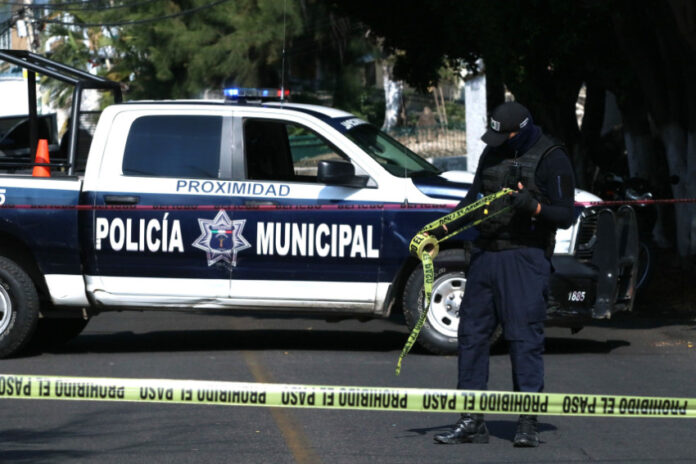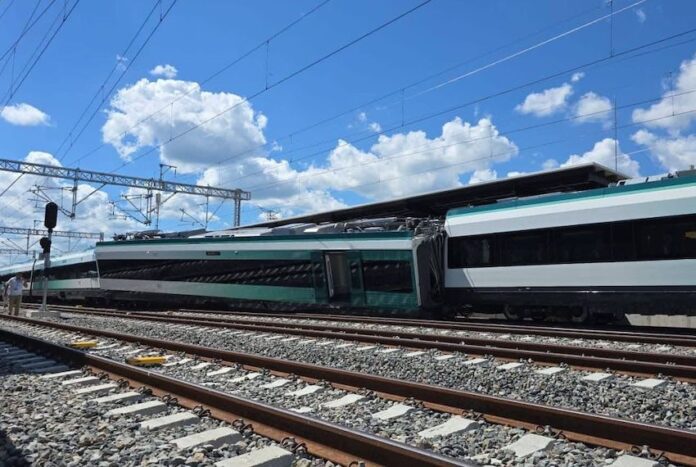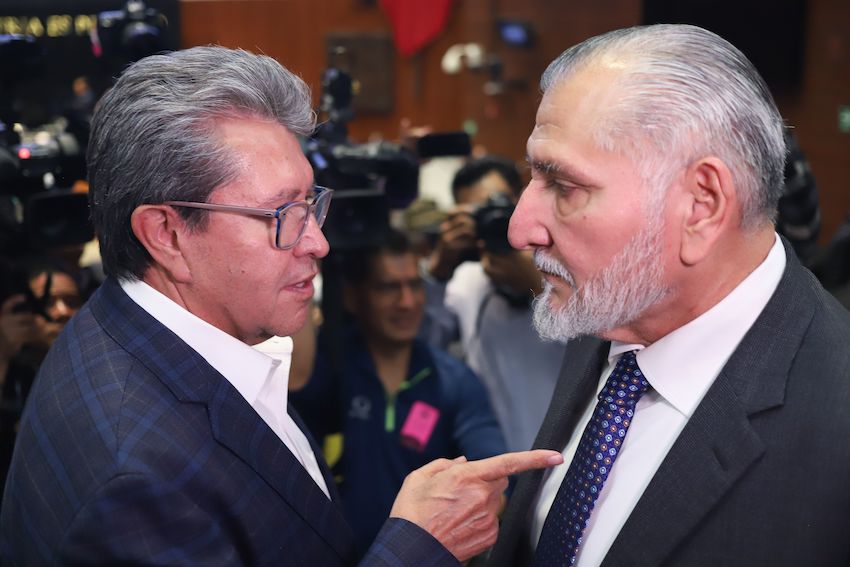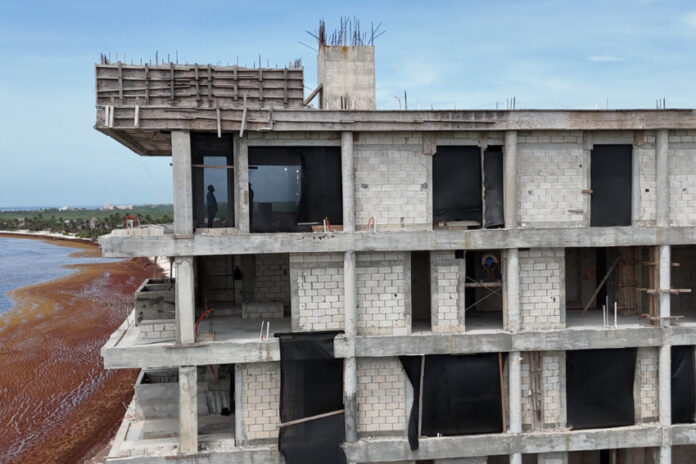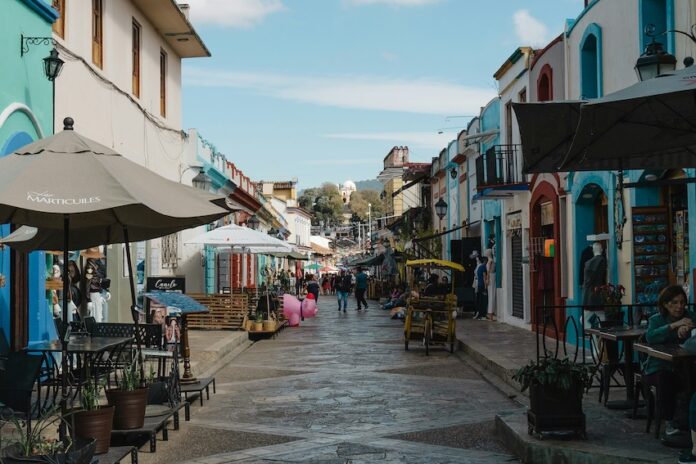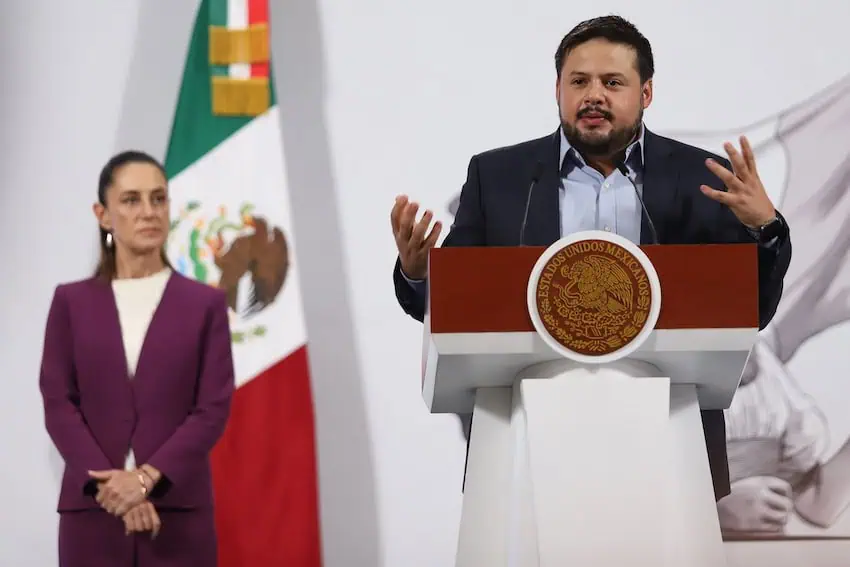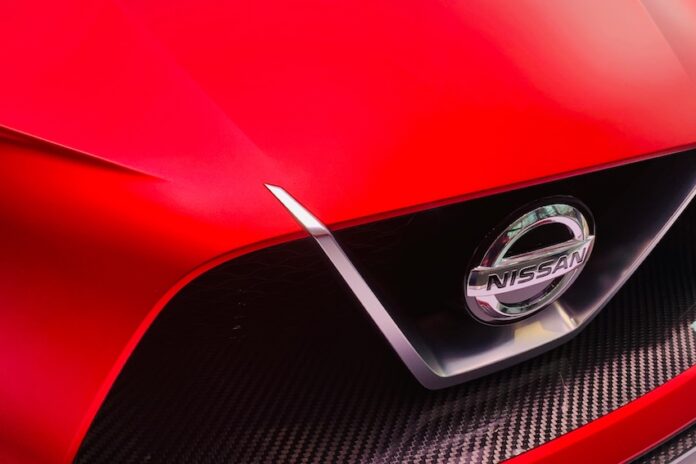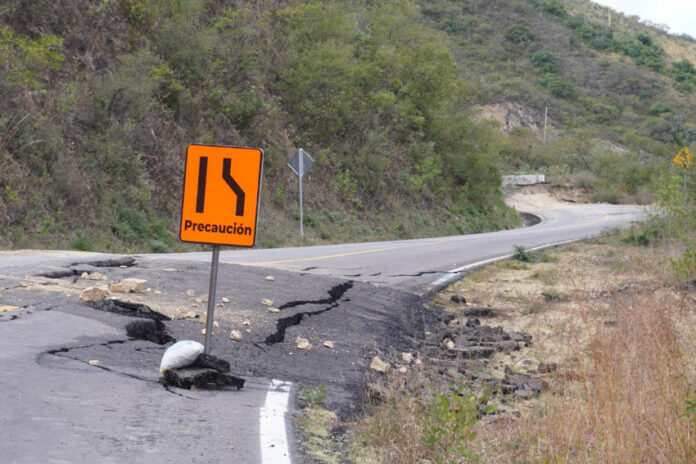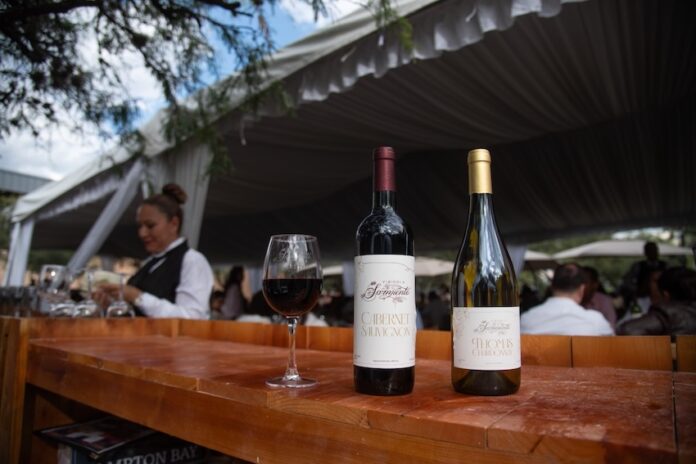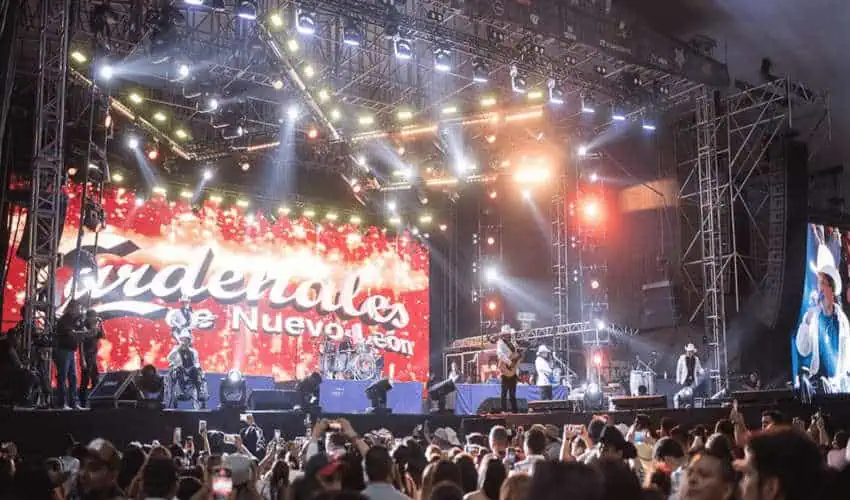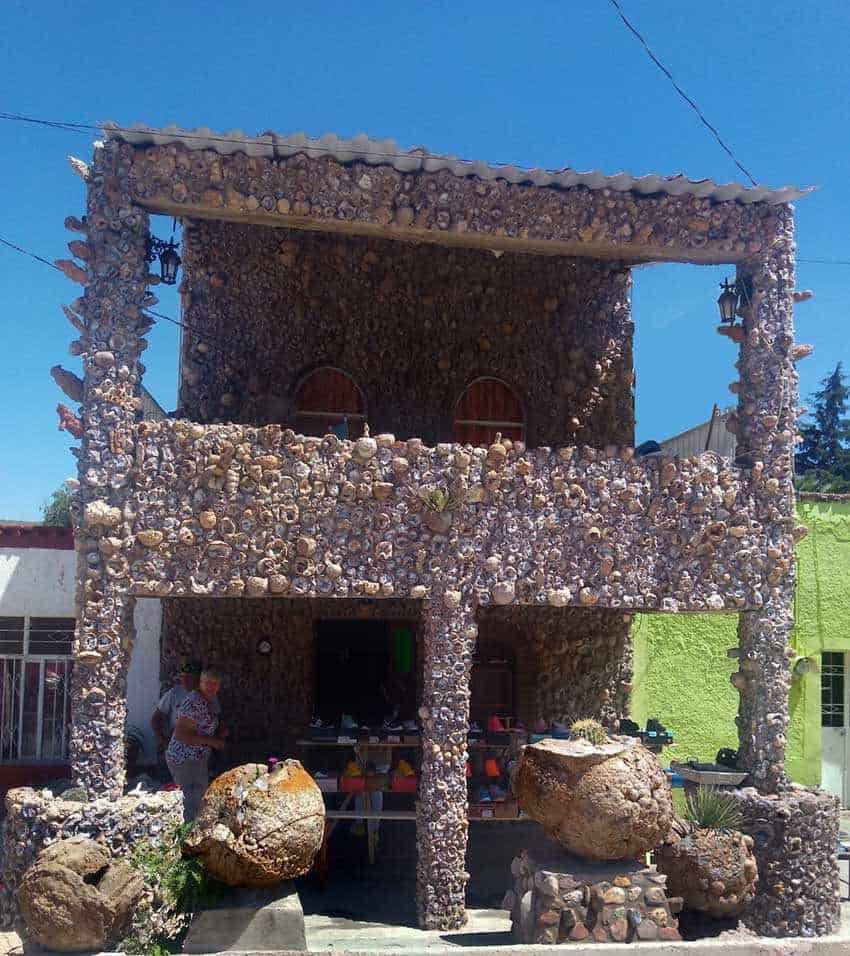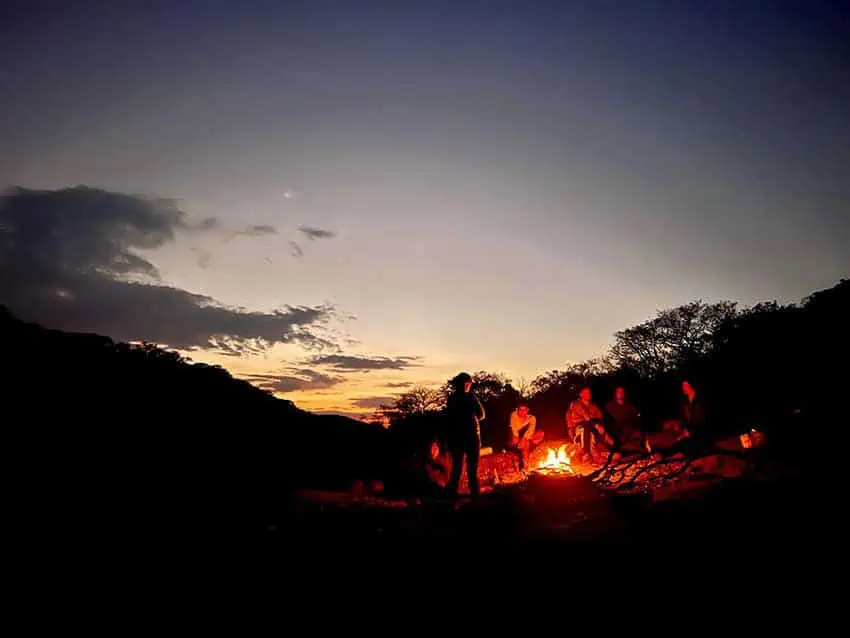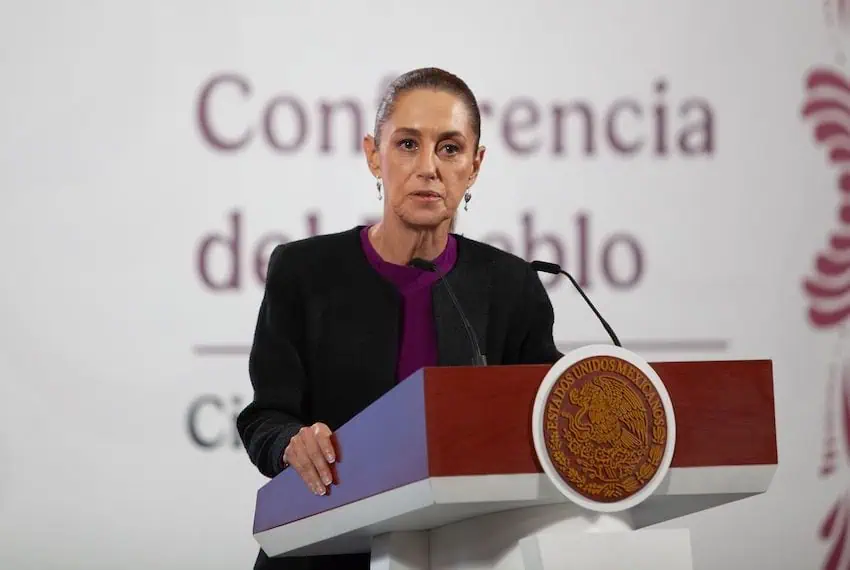Six severed human heads were found on Tuesday in Tlaxcala, a state not normally associated with cartel violence.
The Tlaxcala Attorney General’s Office (FGJ) said in a statement that it launched an investigation following the discovery of the six male heads, which were found on a highway in the municipality of Ixtacuixtla de Mariano Matamoros.
The FJG said that police and forensic investigators traveled to the location where the heads were found, removed them and began investigations.
It said that the location where the heads were found was not where the murders of the men occurred. The rest of the victims’ bodies had not been located as of Wednesday morning.
The FGJ didn’t give a motive for the killings or say who might have committed them.
However, a narcomanta (narco banner) signed by the criminal group La Barredora was left with the heads. The Reforma newspaper said that the message on the banner alludes to a dispute between criminal groups over control of the area and the theft of gas.
⚠️Hallan restos humanos con narcomanta firmada por La Barredora en Ixtacuixtla, Tlaxcala https://t.co/24Rbf4MZUI pic.twitter.com/OEy8eNBRGH
— Infobae México (@infobaemexico) August 19, 2025
The location where the heads were found is close to San Martín Texmelucan, Puebla, which has been described as Mexico’s capital huachicolera, or fuel-theft capital.
The Ixtacuixtla municipal government said in a statement that it “vigorously condemns the terrible events that occurred on the Ixtacuixtla-Nanacamilpa highway, where human remains were found.”
Tlaxacala was one of Mexico’s least violent states in the first seven months of the year in terms of total homicides. There were 75 murders in the state between January and July, according to data presented by the federal government last week. Only Yucatán, Durango, Coahuila and Aguascalientes recorded fewer homicides in the first seven months of 2025.
While crime groups including fuel theft gangs operate in Tlaxcala and the neighboring state of Puebla, the region has not experienced the same levels of extreme violence, including decapitations, as some other parts of Mexico.
Motorists reported grisly discovery
Motorists traveling on the Ixtacuixtla-Nanacamilpa highway reportedly called 911 on Tuesday morning to alert authorities to the presence of six human heads near the community of San Gabriel Popocatla.
The Ixtacuixtla municipal government said that local police immediately responded to the reports and other relevant authorities were notified of the discovery.
It called on citizens to remain calm and to trust “the institutions in charge of the investigations.”
The municipal government said that it would “continue supporting all the necessary actions to guarantee peace and tranquility for the families of Ixtacuixtla.”
La Barredora
La Barredora is a Tabasco-based criminal organization allegedly affiliated with the Jalisco New Generation Cartel (CJNG).
The crime group’s notoriety has increased this year as a former security minister in Tabasco, Hernán Bermúdez, has been accused of heading it up while in office.
Bermúdez is currently a fugitive, while former Tabasco governor and current Senator Adán Augusto López Hernández has come under pressure to respond to questions about what he knew about his security minister’s alleged criminal activities.
The newspaper Excélsior reported that “the structure” of La Barredora “is characterized by operating from the inside of public institutions, especially in security areas, which allowed it to expand without facing an effective response from the state.”
The crime group is allegedly involved in a range of illicit activities, including migrant trafficking and extortion.
Another head and human remains found in Colima
More human remains, including a head, were found at different locations in the city of Colima in recent days, according to media reports. Some of the remains were reportedly inside bags, while others were not.
It was unclear how many people the remains corresponded to.
Colima, home to Mexico’s largest seaport in Manzanillo, is known for violent crime and the presence of criminal groups. There were 362 homicides in the Pacific coast state in the first seven months of the year, according to federal data.
In 2024, Colima had the highest per-capita homicide rate in Mexico. It is one of six Mexican states that is classified as “Level 4 – Do Not Travel” by the United States Department of State.
With reports from Eje Central, Reforma, Excélsior and Meganoticias
